Editors’ Choice
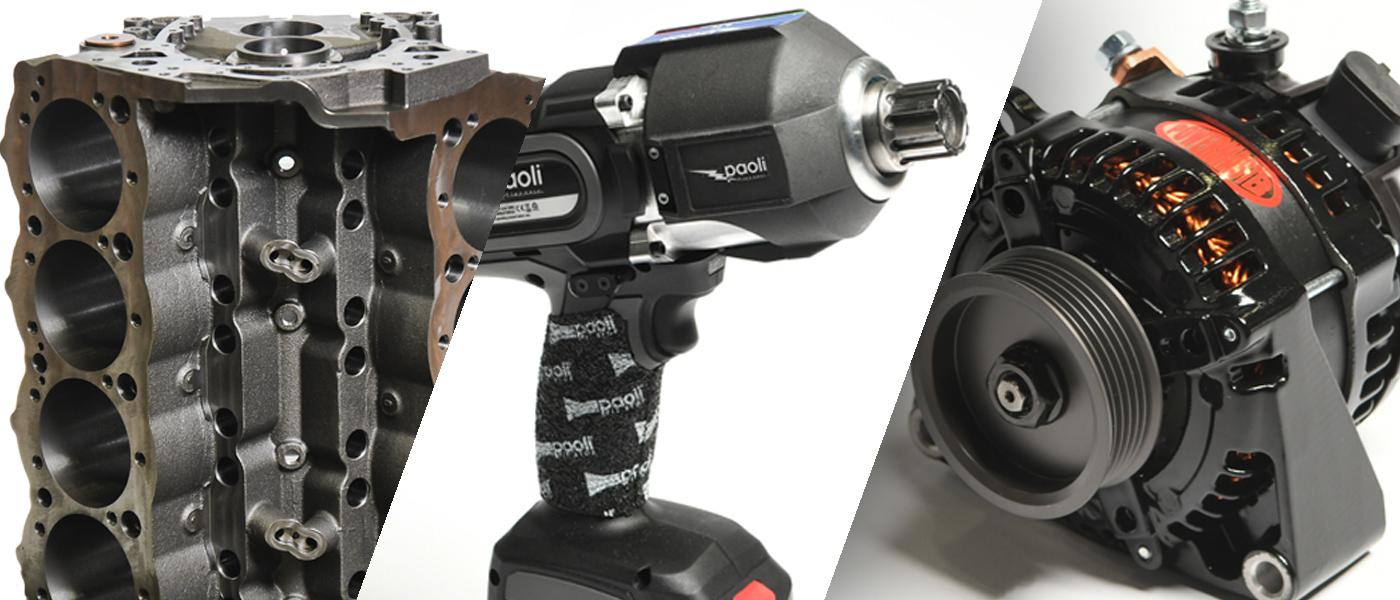
Hundreds of new product announcements cross the desks of PRI editors each month. Following are our top picks for February.
Black hawk Gen III 5.7L, 6.1L & 6.4L Mopar Hemi Cylinder Head
Air Flow Research
airflowresearch.com
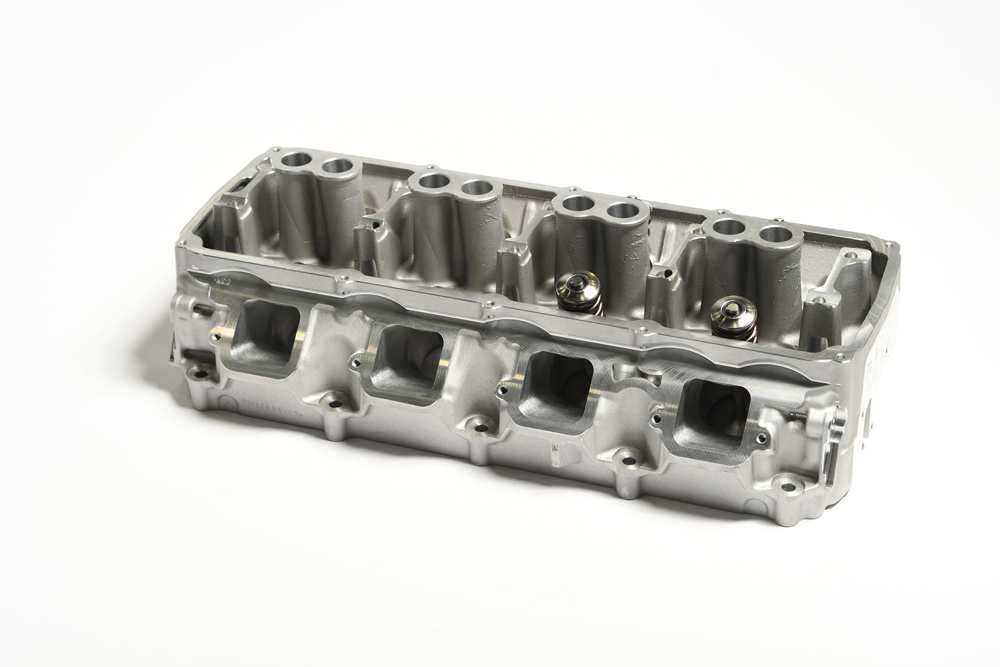
Air Flow Research (AFR) of Chatsworth, California, introduces its Black Hawk Mopar Gen III Hemi cylinder heads that are manufactured from A356 aluminum using permanent-mold technology, and with the company’s trademarked .750-inch thick head deck to handle the increasing boost and power demands of today’s aftermarket and race engines. AFR has improved the water jacketing for enhanced cooling while keeping a minimum of .200-inch port-to-water jacket thickness. Machine option available to add bolt hole and dowel provisioning for Hellcat superchargers. These heads were designed for use with hydraulic roller camshafts up to .650 inches of lift. —PRI Staff
Evolution Small Block Chevrolet Cast Iron Block
1SPEC
1spec.net
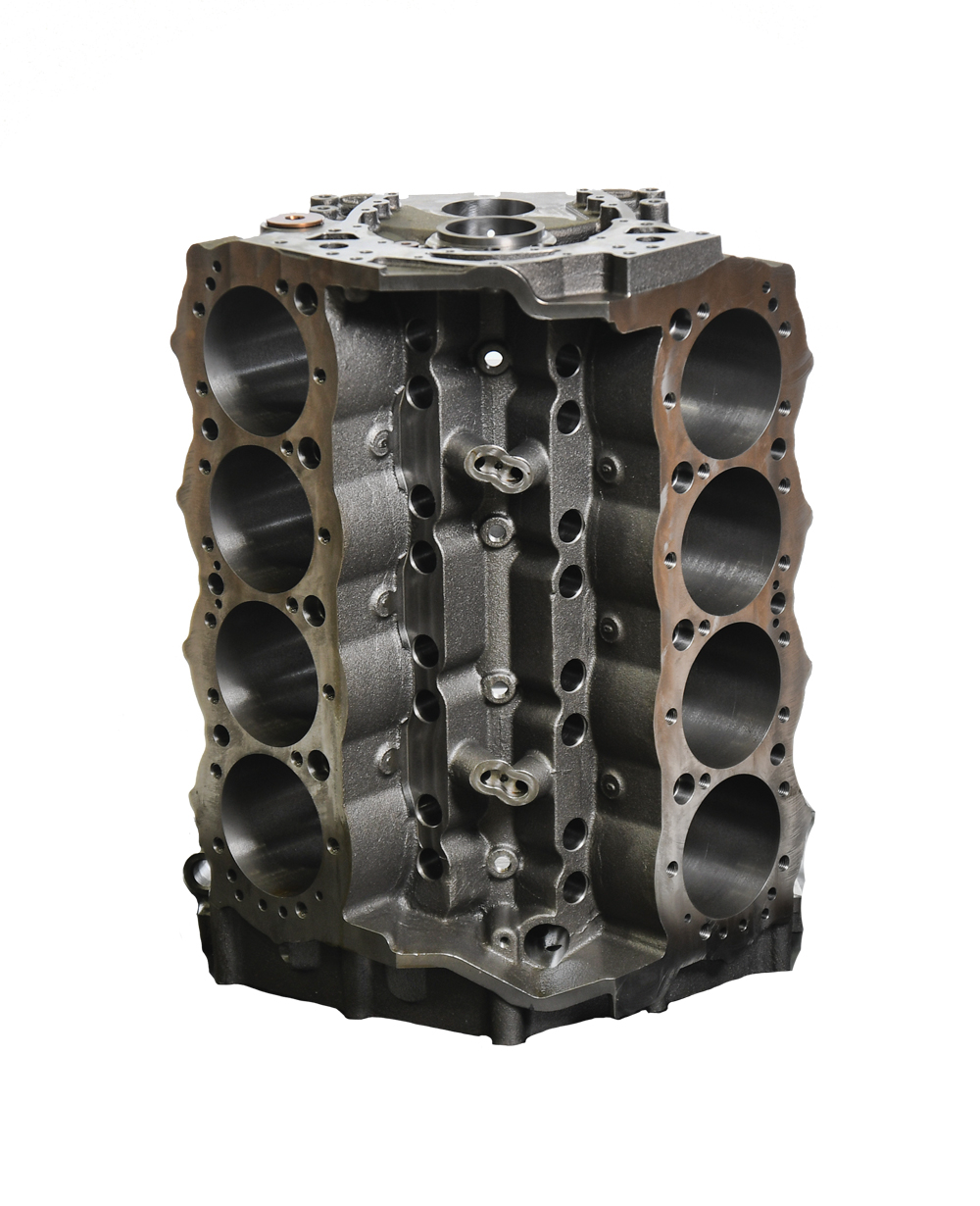
This Evolution small block Chevy cast iron block from 1SPEC (for 1 Stop Performance Engine Castings) in Franklin, Indiana, offers standard features such as deck heights of 9.025–9.325 inches, a 350 or 400 main journal, bore spacing of 4.400 or 4.500 inches, a rear main seal, offered in one piece or two, standard or reverse cooling, wide oil pan rail with oil filter provision, and extended main and head stud bosses. Core plugs are machined to accept -16 AN O-ring style plugs, while oil galley plugs are machined to accept -6 O-ring style plugs, and the lifter valley was designed to accommodate most lifter locations. —PRI Staff
5W-40 Synthetic ATV/UTV Motor Oil
Amsoil
amsoil.com
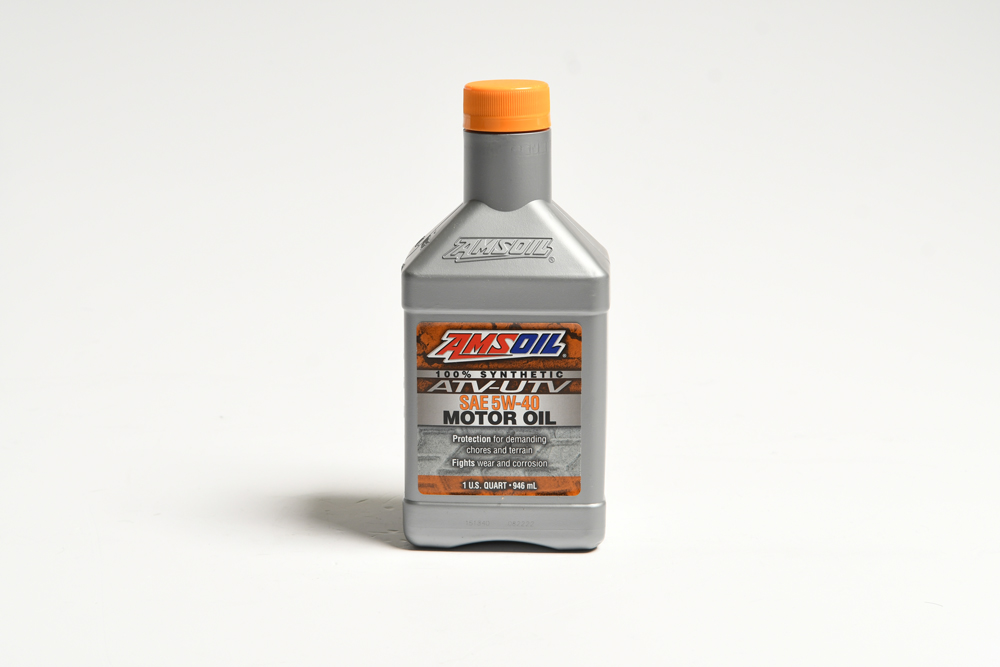
Amsoil’s new line of synthetic motor oils for ATV and UTV powersports is formulated for racers as well as recreational users.
“There’s no need for a separate line of racing oil,” said Len Groom of the Superior, Wisconsin-based company. “This is the same product we send to all our race teams.”
The new line currently offers 5W-40 and 10W-30 viscosities. They are wet-clutch compatible and designed for all-weather performance.
“The way these machines are operating now, people are using them in every season,” added Groom. “So, for the 5W-40, a five will flow nicely in cold weather if you’re using the machine to plow or run on a lake for ice fishing. Then the 40 gives you protection in the summer for desert racing or such.”
Groom said premium base oils are used in the formula to build up the shear stability required for powersports.
“These machines tend to chop up the oil. They’ll turn a 40 into a 30 into a 20 fairly quickly, due to the action of the engines,” said Groom. “You want to make sure you build a shear-stable product, and you do that with high-end base oils. We can use less additives and still end up with a higher performing product.” —Mike Magda
Rod Bolt Stretch Gauge
CCA Racing Products
ccaracing.com
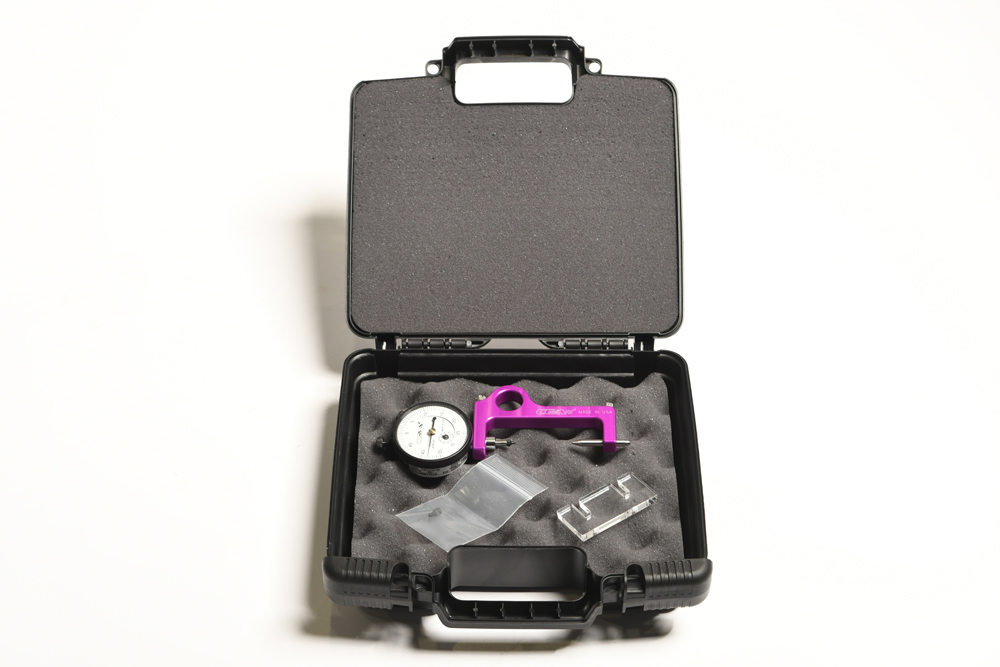
The debate over the proper way to install connecting-rod bolts is pretty much leaning toward measuring the stretch of the tightened bolt. Given the very narrow margin of error, it’s important to have an accurate gauge and robust support tool.
“My dial indicators are custom made in the USA for this application,” said Mike Gallo of CCA Racing Products, Cedarburg, Wisconsin. “They’re very easy to read.”
The base tool is machined from billet aluminum and anodized in purple or black. The design features a “finger hole” that allows for stable use in tight-fitting areas.
“You can get the tool in place without having to hold the actual beam itself,” said Gallo. “It’s impossible to gain access into some of the small blocks.”
The full kit includes the body, dial indicator, reversible tool-steel anvil (1-mm and 3-mm ball ends), slotted thumbscrews and 1-mm and 3-mm ball tips for the indicator.
“Basically, you can switch the anvil end-over-end and switch the tips out to fit pretty much any combination out there,” added Gallo, noting that some diesel applications may not fit within the range of the tool. “Yeah, there are some pretty big diesel applications, and I don’t know if the throat of my gauge will fit those.” —Mike Magda
Push-to-Connect Quick-Release Steering System
Ididit
ididit.com
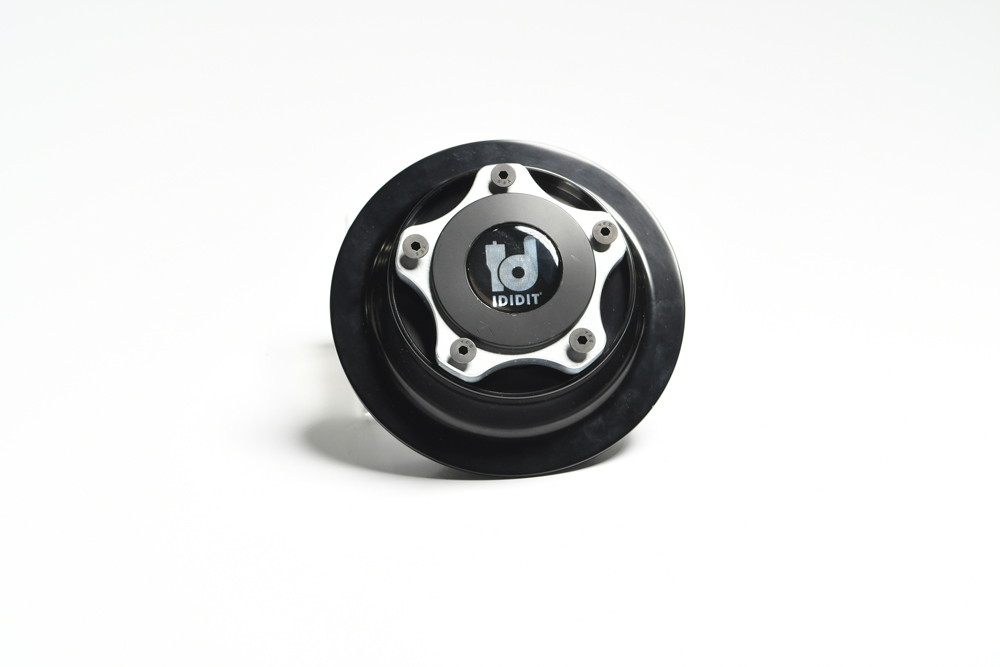
A new push-to-connect system from Ididit in Tecumseh, Michigan, will convert an OEM steering column to quick-release, which is quite handy for some factory racing classes and a new trend hitting the drag strips.
“There are racers in drag-and-drive events that like to use it,” noted Trever Cornwell. “We see a lot of people installing lightweight factory style steering with the turn-signals in place. We also sell a steering column with the push-to-connect in place.”
The design employs a new style center and spline pattern that offers smooth engagement without pulling on the pull ring, and there are close tolerances for a tight fit.
“It’s spring-loaded, and once it connects there’s an audible click,” said Cornwell. “Then, it’s a solid engagement, it doesn’t move. We came up with a proprietary spline pattern that is very smooth to engage, but then there’s no lash. SFI allows two degrees of movement. Ours is way less than that.”
The system is available for 3/4-inch shafts to mount two-, five- and six-bolt steering wheels. There are also kits to mount on GM columns that come with or without a horn button.
The product is constructed from aircraft-grade aluminum, and the pull ring is black anodized. It is SFI certified and made in the USA. —Mike Magda
Micro/Mini Sprint Shock Absorber
Slade Shock Technology
sladeshocktechnology.com
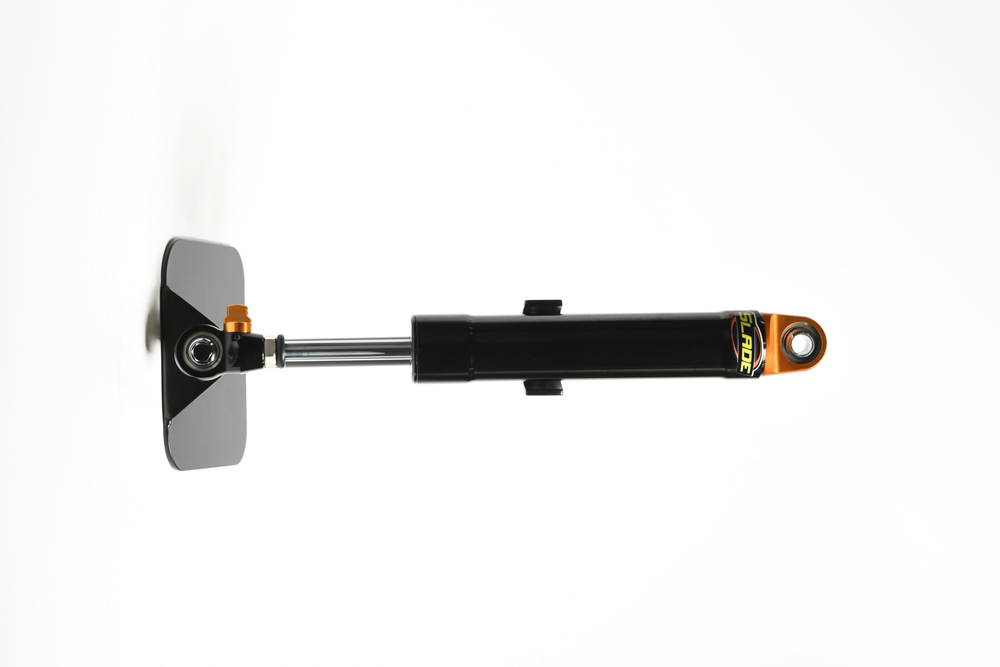
Designed and built in-house, a new shock absorber for the growing micro- and mini-sprint car market is available from Slade Shock Technology in Fostoria, Ohio.
“My experience as a sprint car driver and winning shock specialist in NASCAR gives me a unique perspective from all sides of the equation when working with teams,” said Eric Slade. “I find this is a distinct advantage.”
Slade utilizes sophisticated software to design and evaluate the parts before prototypes are machined, assembled, and tested. Ninety percent of the finished product is constructed from different grades of aircraft-quality aluminum in addition to a few parts that are constructed from stainless steel and hard chrome-plated steel. All parts are CNC machined to precise tolerances.
“I design products that I would want if I was still racing—high quality shocks that perform as well as they look—then I back them with unmatched customer support,” added Slade. “These are the most accurately valved shocks available at any price and combined with our modular design. This design allows for cost-effective repairs.”
The shocks are available in lengths of 6, 7, 8, and 9 inches. They’re offered in non-adjustable, single-adjustable, or double-adjustable versions. —Mike Magda
PAOLI Typhoon 1 Inch Electric Impact GUN
United Race Parts
unitedraceparts.com
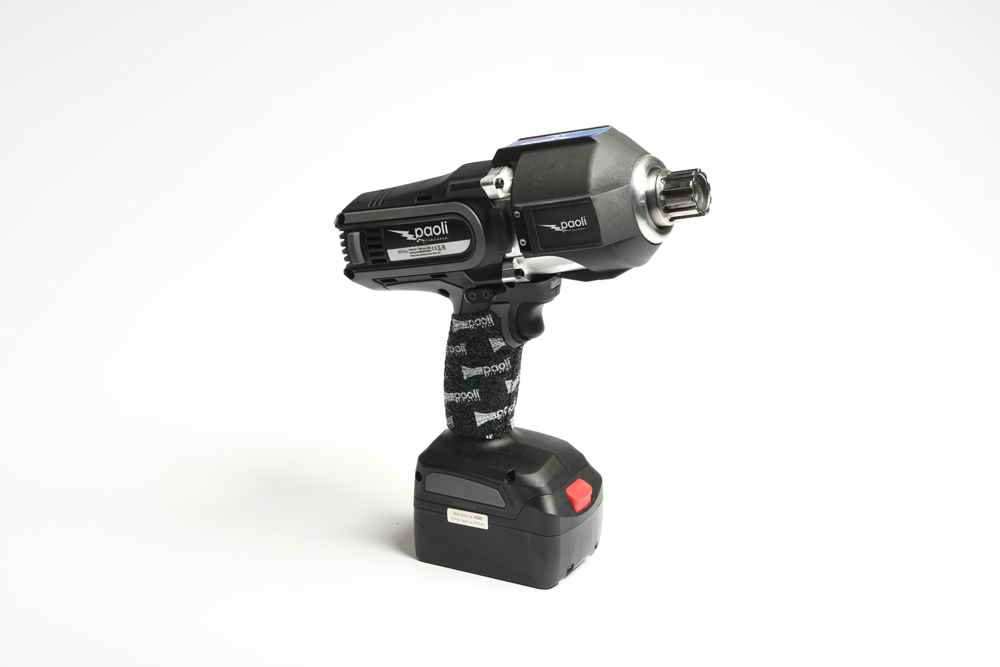
A peek into the future of pit stops in the US is being offered by United Race Parts in Troutman, North Carolina, which is the US distributor for Paoli wheel guns. Currently in use by Formula 2 and Formula 3 teams in the pits, the Typhoon electric impact with LED indicator lights is the first electric wheel gun to be officially used in sanctioned motorsports.
“The main reason behind that is they worked with the FIA to develop a sensing system so that the tire changers can determine when the wheel nut was safely tightened and it was safe to release the car,” explained Thomas Decker. “There are proprietary sensors and software that determine the torque applied to the wheel nut.”
Available in both left- and right-hand models, the cordless Typhoon 1 is powered by a 20-volt lithium battery and carries a max torque rating of 1,180 ft.-lb. Free speed rpm is 1,650, and it weighs just under 10 pounds.
“Right now, we have the standard version in the US and that’s on our website,” said Decker. “We’ve got those with teams in a garage setting. But in the near future as the world goes electric, so will pit stops.” —Mike Magda
HPR Series Alternator
Powermaster
powermasterperformance.com
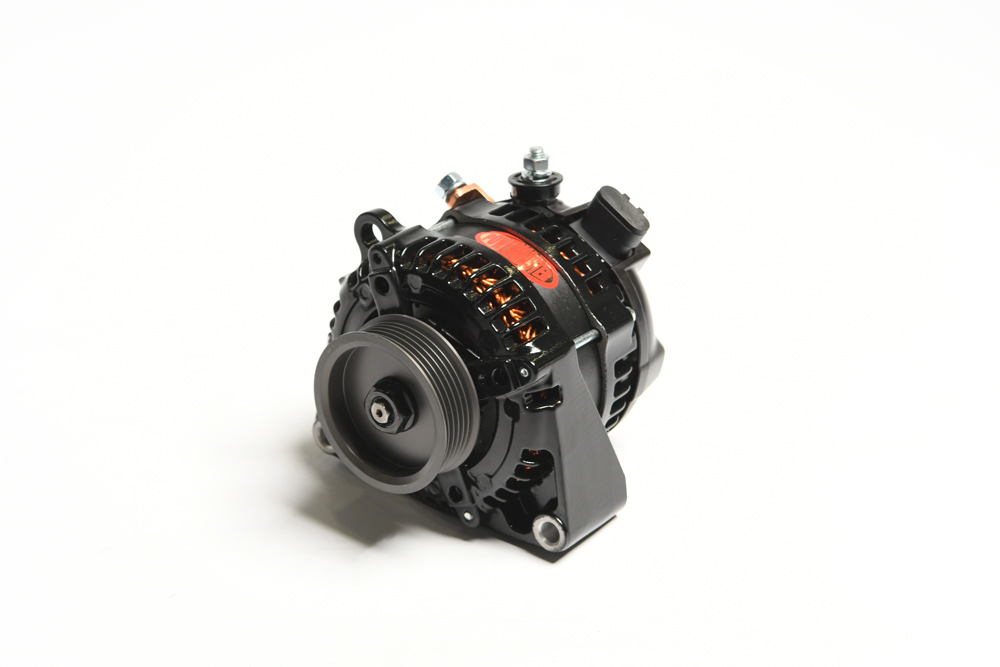
Designed to meet the demands of a race car’s specific battery and electric components, the new Hairpin Replacement (HPR) Series alternators from Powermaster in West Chicago, Illinois, have a preset voltage output to precisely charge 12-, 14-, and 16-volt conventional batteries along with 16-volt lithium batteries.
“We can build them for drag-and-drive cars that have high-amperage needs,” explained Ed Law. “They’re for anybody looking for more amperage in a compact unit.”
Powermaster offers a small-frame unit rated at 145 amps at idle and 175 amps at the top end. The large-frame model offers 190 amps at idle and 245 on the top end.
“We can fit these alternators into street rods, late-model Hemis, and Coyotes,” added Law. “The market is all over the place.”
The alternators are a direct bolt-on to factory brackets with either a one-wire or factory connection. They’re supplied with an OEM-style pulley, decoupler or clutch-style, for a factory fit that doesn’t require a change in belts.
Each HPR unit is assembled and tested in West Chicago and is shipped with a proof-of-performance tag that details the output. It’s available in natural, polished, or black finishes.
—Mike Magda
 MEMBERSHIP LOGIN
MEMBERSHIP LOGIN JOIN PRI
JOIN PRI


